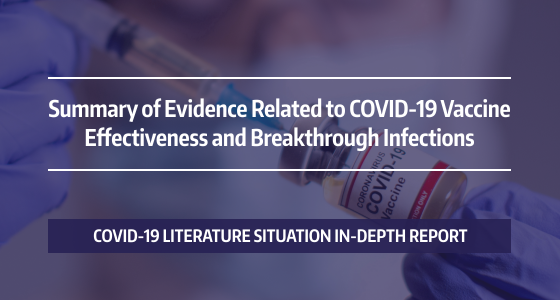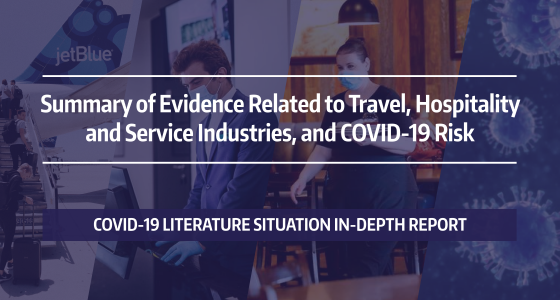After More Than 330 Daily Summaries, the COVID-19 Literature Situation Report Comes to an End
For nearly seventeen months, the COVID-19 Literature Situation Report provided up-to-date information to the public health community about scientific evidence relevant to the COVID-19 pandemic. After more than 330 daily summaries, the project – a partnership between the Washington Department of Health (WA DOH) and University of Washington Department of Global Health (DGH) – ended on June 15, 2021.


